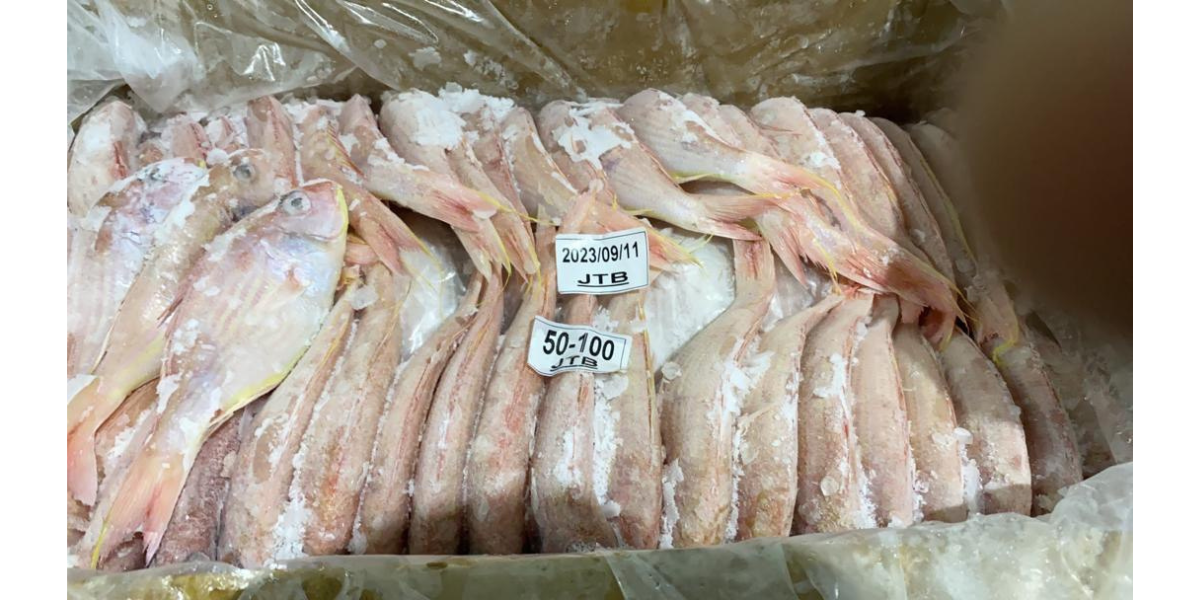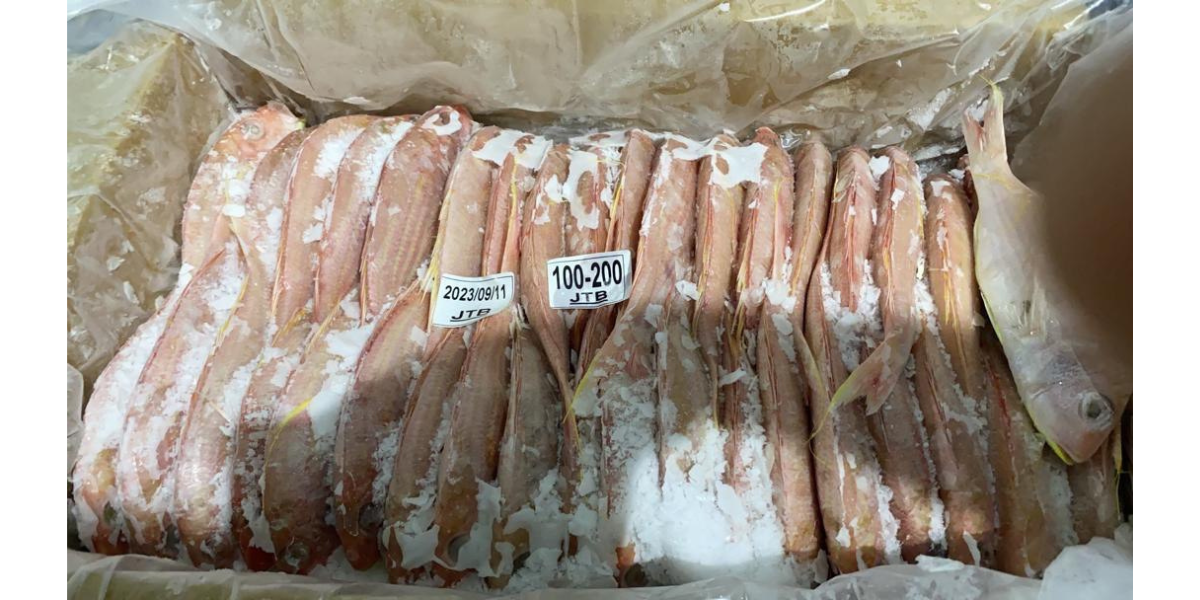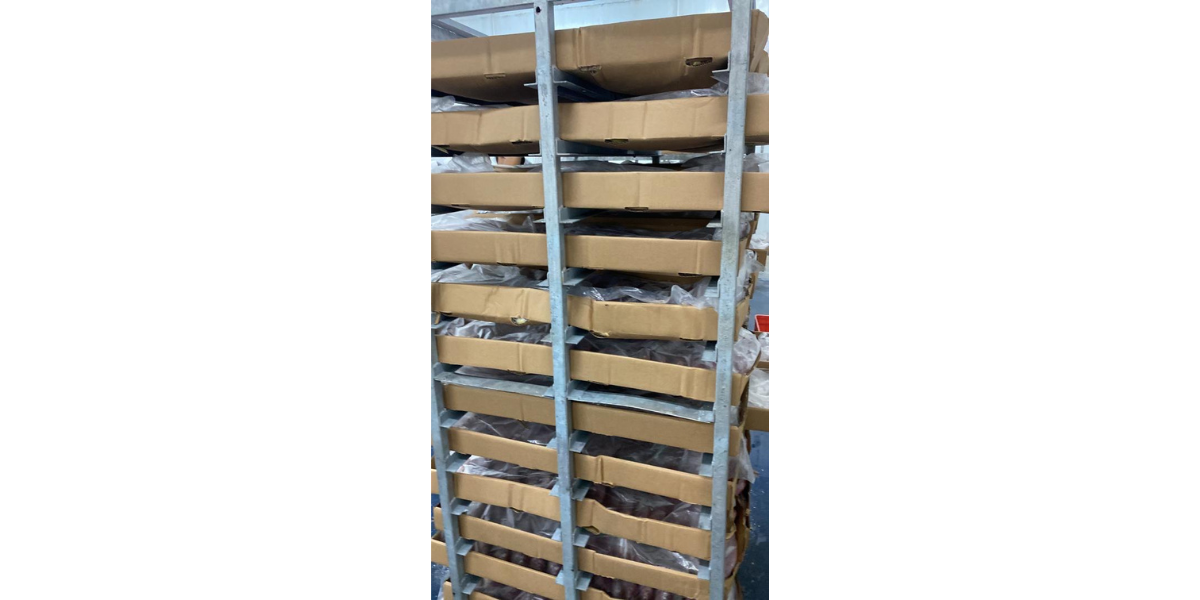Dried fruits are a convenient and nutrient-dense snack that have been enjoyed for centuries. Packed with essential vitamins, minerals, and fiber, they offer a healthy alternative to sugary snacks. Unlike fresh fruits, dried fruits have a longer shelf life, making them perfect for busy lifestyles. They are rich in antioxidants like polyphenols, which support heart health and reduce inflammation. A study published in the Journal of the Academy of Nutrition and Dietetics revealed that people who consume dried fruits regularly have better overall diet quality and nutrient intake. However, proper storage is crucial to preserve their flavor, texture, and nutritional value. Understanding the best ways to store dried fruits can help prevent spoilage and extend their shelf life. In this guide, we’ll explore expert tips and scientific methods for storing dried fruits effectively. Keep reading to discover how to maximize the freshness and health benefits of dried fruits!
The Best Storage Containers for Dried Fruits
• Airtight glass jars prevent oxygen exposure, preserving both flavor and nutrients.
• BPA-free plastic containers are lightweight and ideal for short-term storage.
• Vacuum-sealed bags can extend shelf life by up to 12 months by eliminating air contact.
• Mylar bags with oxygen absorbers are effective for long-term storage, preventing spoilage.
Ideal Storage Conditions: Temperature, Humidity, and Light
• Storing dried fruits at a temperature below 60°F can double their shelf life.
• Relative humidity of less than 20% prevents mold growth and maintains texture.
• Keeping dried fruits in a dark place minimizes nutrient degradation due to UV light exposure.
• A study by Food Chemistry highlights that low-humidity storage retains antioxidants better.
Freezing Dried Fruits: Pros and Cons
• Freezing dried fruits can extend shelf life to over 18 months without compromising nutrients.
• Using vacuum-sealed bags before freezing prevents freezer burn and texture changes.
• Thawing slowly at room temperature preserves taste and texture.
• Research by International Journal of Food Science confirms that freezing retains polyphenol levels.
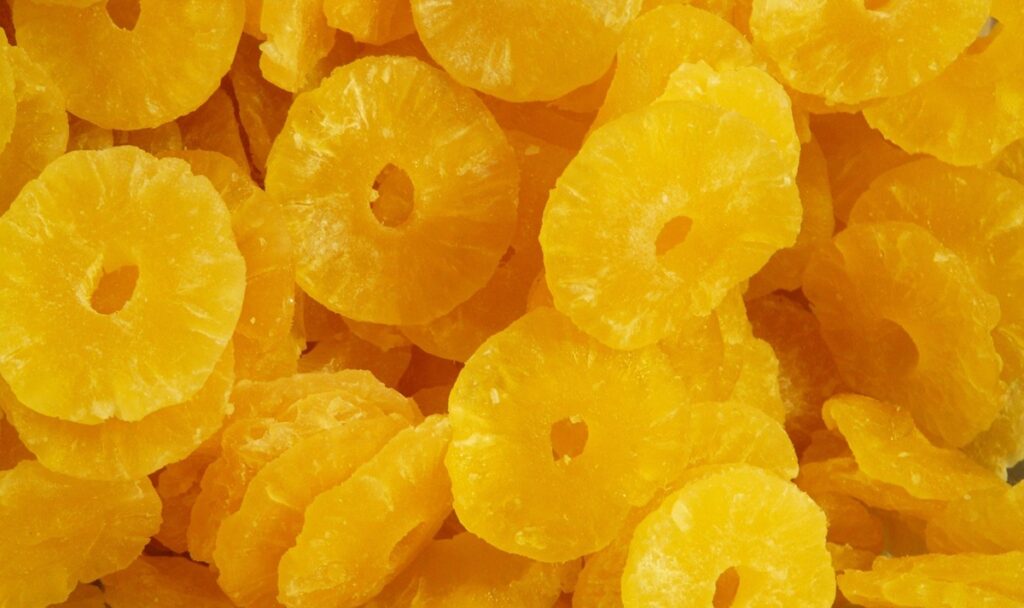
Preventing Moisture Absorption: Effective Tips
• Silica gel packets absorb residual moisture, maintaining crispness and preventing clumping.
• Oxygen absorbers can prevent oxidation, preserving color and flavor.
• Storing dried fruits in small portions reduces the risk of contamination and moisture absorption.
• Ensuring containers are fully dry before storage is essential for preventing mold growth.
How Long Do Dried Fruits Really Last?
• Raisins and apricots can last up to 6 months at room temperature if stored properly.
• Vacuum-sealed dried fruits can last up to 12-18 months with minimal nutrient loss.
• High-sugar dried fruits like dates and figs have a longer shelf life due to natural preservatives.
• A report by USDA emphasizes the importance of monitoring for signs of spoilage like mold and off-odors.
Common Mistakes to Avoid When Storing Dried Fruits
• Storing dried fruits in the refrigerator can cause them to absorb moisture, leading to spoilage.
• Using non-airtight containers allows oxygen and humidity to degrade nutrients and cause mold growth.
• Placing dried fruits near heat sources accelerates oxidation and reduces their shelf life.
• Failing to rotate stock regularly leads to older fruits becoming stale and less flavorful.
• A study by the International Journal of Food Microbiology highlights that improper storage can increase the risk of microbial contamination, emphasizing the need for airtight and cool storage.
The Impact of Light on Dried Fruits: Why Dark Storage Matters
• Exposure to direct sunlight can cause vitamins A and C in dried fruits to degrade rapidly.
• UV rays accelerate oxidation, leading to color fading and loss of antioxidants.
• Dark or opaque containers are recommended to shield dried fruits from harmful light exposure.
• Research from the Journal of Agricultural and Food Chemistry found that dried fruits stored in the dark retain 25% more antioxidants compared to those exposed to light.
• Storing dried fruits in a pantry or cabinet away from windows ensures longer-lasting freshness.
Using Oxygen Absorbers and Desiccants: Do They Really Work?
• Oxygen absorbers remove residual oxygen inside containers, preventing oxidative spoilage.
• Desiccants like silica gel packets absorb moisture, maintaining the crispness and preventing clumping.
• A study by Food Packaging and Shelf Life confirmed that oxygen absorbers could extend the shelf life of dried fruits by up to 50%.
• Using these tools in combination with vacuum-sealed packaging offers maximum protection against spoilage.
• Ensuring that desiccants do not directly contact dried fruits prevents contamination.
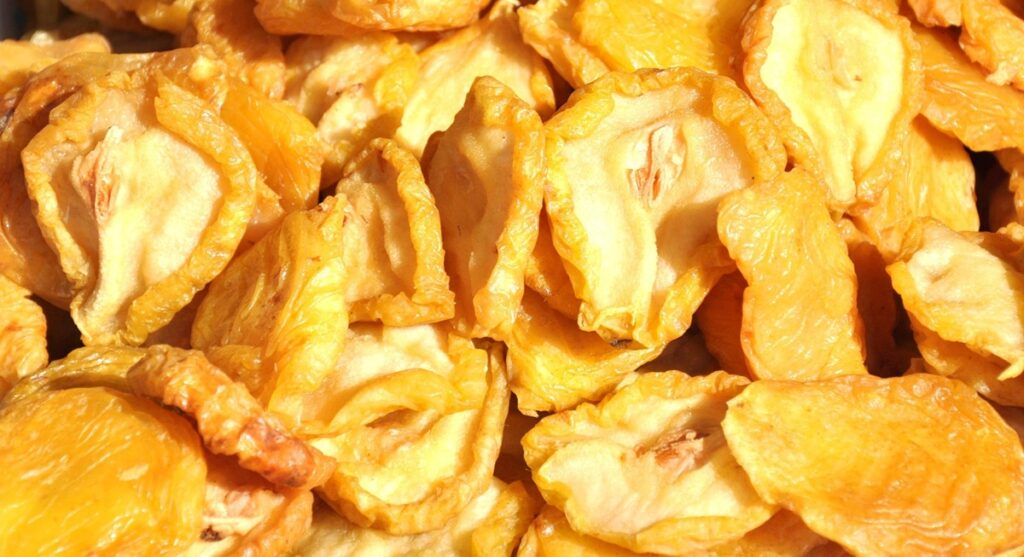
How to Store Dried Fruits in Bulk: Best Practices for Longevity
• Dividing dried fruits into smaller, airtight containers prevents repeated exposure to air and moisture.
• Food-grade buckets with gamma seal lids are effective for bulk storage, keeping out pests and humidity.
• Including oxygen absorbers and desiccants in bulk containers can extend freshness for up to 18 months.
• A report by the USDA suggests maintaining a storage temperature below 60°F for optimal results.
• Labeling containers with dates helps in monitoring shelf life and ensuring proper rotation.
Signs Your Dried Fruits Have Gone Bad: How to Identify Spoilage
• Visible mold, discoloration, and sticky surfaces are clear signs of spoilage in dried fruits.
• Off-putting or sour odors indicate fermentation or microbial contamination.
• A dry, brittle texture suggests moisture loss and staleness, while excessive softness can signal moisture absorption.
• Consuming spoiled dried fruits can lead to foodborne illnesses, according to the Centers for Disease Control and Prevention (CDC).
• Regularly inspecting dried fruits and discarding any with signs of spoilage ensures safety and quality.
Dried Fruits – A Simple Guide to Keeping Them Fresh Longer
Dried fruits are a powerhouse of nutrients, providing a convenient and tasty way to boost your daily intake of fiber, vitamins, and minerals. However, to enjoy their full benefits, proper storage is essential. Using airtight containers, keeping dried fruits away from heat, light, and humidity, and considering options like vacuum-sealing or freezing can significantly extend their shelf life. Research from the Food Science and Technology Journal suggests that vacuum-sealed packaging can preserve the flavor and nutritional quality of dried fruits for up to 12 months. Additionally, including silica gel packets and oxygen absorbers can help maintain their texture by preventing moisture absorption. By following these expert tips and strategies, you can ensure that your dried fruits remain fresh, flavorful, and nutritious for longer. Make the most of your dried fruit supply and enjoy the benefits of a healthier snack option all year round!


